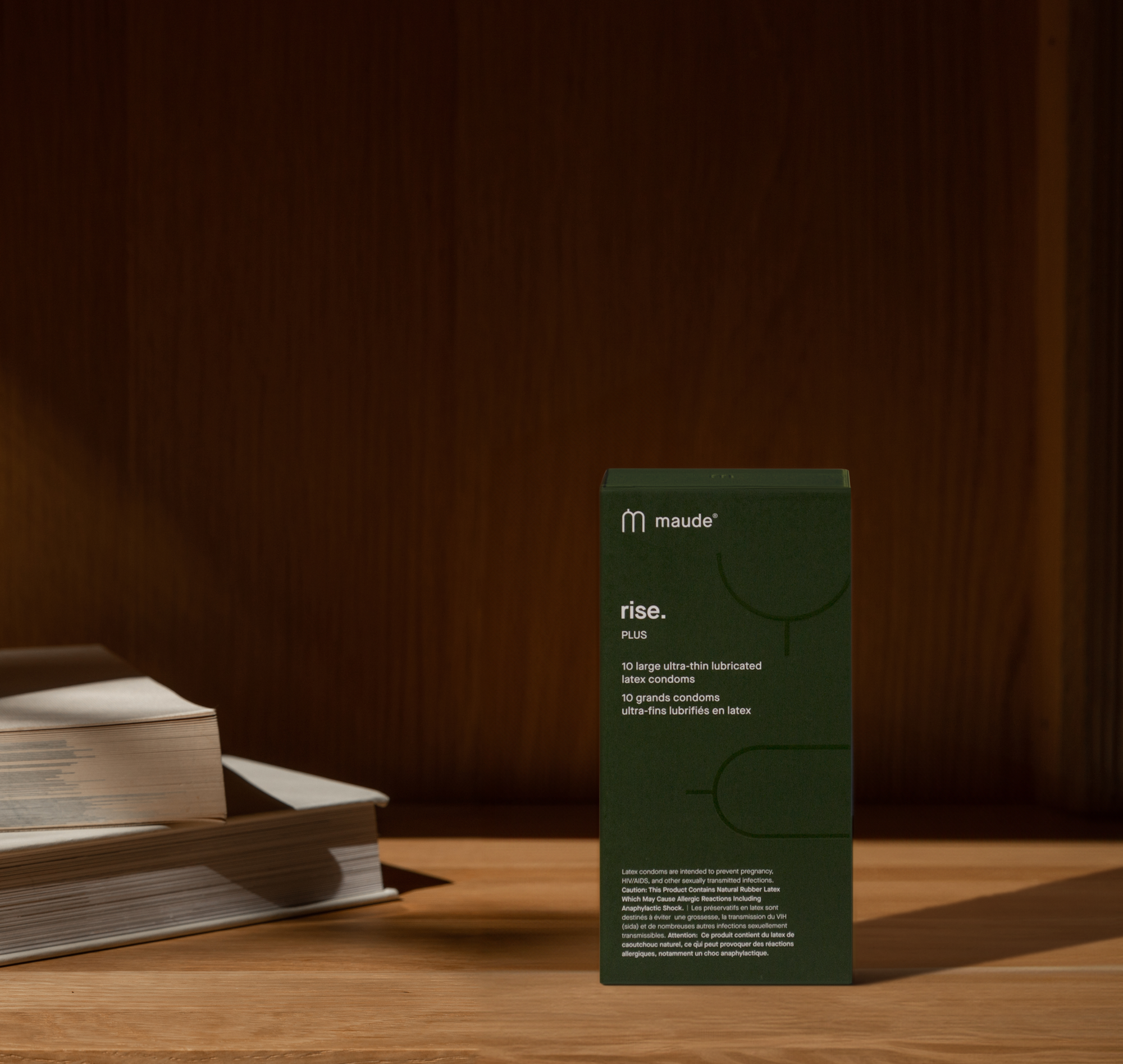The Generational Gap of Sex Ed.

How schools have taught the birds and bees, then and now.
Sex Ed: For adolescents who aren’t getting the “birds and bees” talk directly from an adult at home, it’s long been the first place where they get their first introduction to the the ins and outs of their sexual health. But that’s not to say that this education is thorough, or even covers all the necessary bases—in fact, sex ed in the United States has been so lacking for decades that even millennials report how little they learned in school.
Although sex ed is only mandated by 30 states and HIV education by 39 states, the support for sex education in schools is widely accepted—one poll put out by Planned Parenthood showed that 93-percent of parents support it getting started in middle school, and 96 even earlier. It wasn’t always this way, though, and there’s still a ways to go.
The start of sex ed
The first kind of sex education in the United States started as mere pamphlets passed out by public schools, starting around 1912, according to Annex Teen Clinic. These materials, however, were far from detailed—mainly providing perfunctory information of the workings of the human body. Even earlier, in the late 19th century, residents of Hull House, the settlement house founded by Jane Addams in Chicago, worked to fight against the cultural stigma against birth control; Dr. Rachelle Yarros was one particular advocate for the accessibility of sex education, and she even opened the first birth control clinic in Chicago. In spite of these developments, sex education for members of the Silent Generation and those born earlier enforced the belief that sex was something that happened only between a married couple.
Mid-century changes
Baby boomers experienced more standardized sex education, thanks to the American Medical Association, which pushed for the change starting in the 1950s. That’s not to say the curricula were necessarily any better than they had been earlier: It focused on reproduction and the prevention of STIs, all with—still—an emphasis on the importance of marriage and family. During this time, sex ed classes did receive pushback from conservative groups, and coverage of the topic was not a guarantee, particularly in private schools. Abstinence-only education was a reality for many (and in some instances, is still unfortunately taught today).
A more comprehensive twist
The HIV/AIDs epidemic of the 1980s changed the course of sex education in America, affecting how younger members of Gen X and millennials were taught in school . As TIME details, this period resulted in an increased acceptance of sex ed, as well as an expanded curricula, which included previously taboo topics like anal sex.
Minimal progress for millennials
In the early 2000s, sex became far less stigmatized than it had been 50 years earlier—but that did not translate to an improvement in general sex education. In fact, research from the Guttmacher Institute showed that fewer teenagers received proper education about birth control from 2011 to 2013 than did from 2006 to 2010. And in 2015, the Public Religion Research Institute also reported that four in ten millennials reported that their sex education was “not helpful” when it came to making decisions about their relationships and sexual health.
Where we are today
These days, sex ed for Gen Z doesn’t look too much better. In spite of a majority of states now mandating sex education in public schools, 36 states still allow parents to opt their children out of the class, and five require parental approval before a student may take sex ed, according to the National Conference on State Legislatures.
Of course, the 2010s also saw the rise of social media, and with it, the expanded platforms of sex educators on YouTube, Instagram, and more. If millennials, Gen Z, and even earlier generations didn’t receive the sex education they needed in school (one that adequately details sexuality, birth control, consent, among other things), they can certainly get caught up online.



